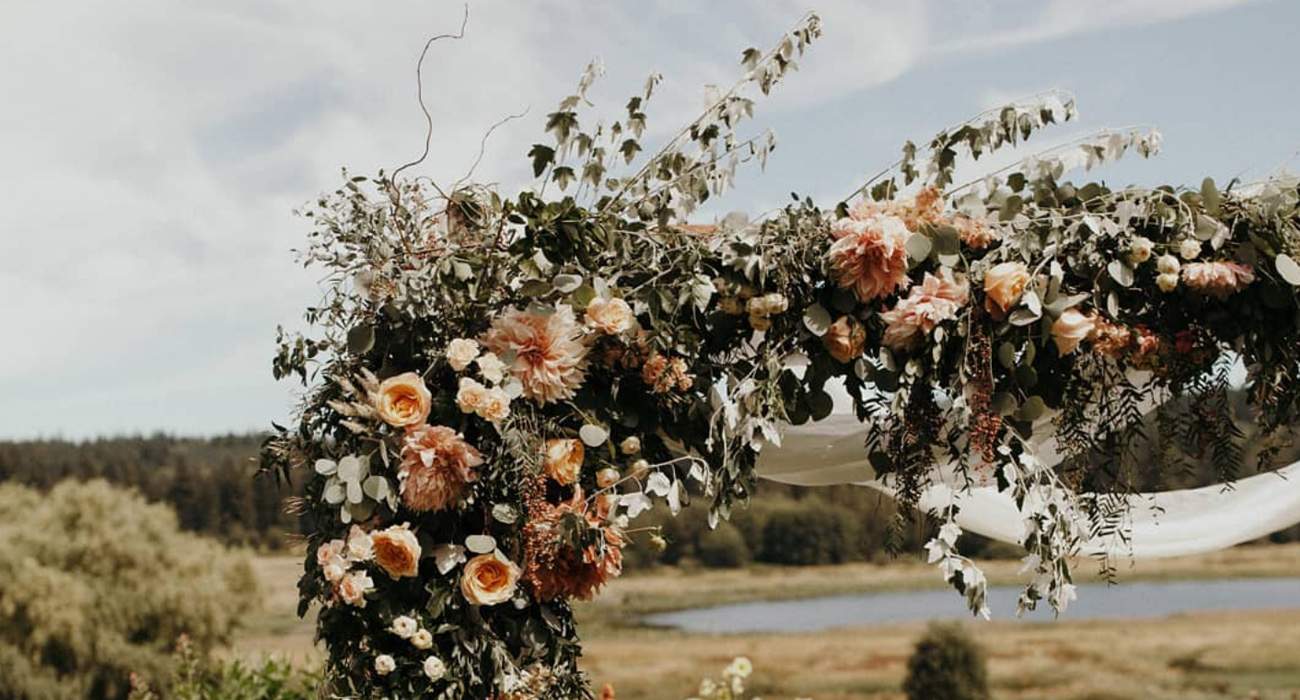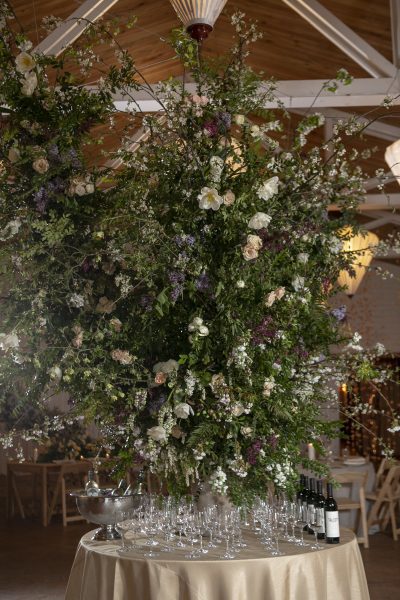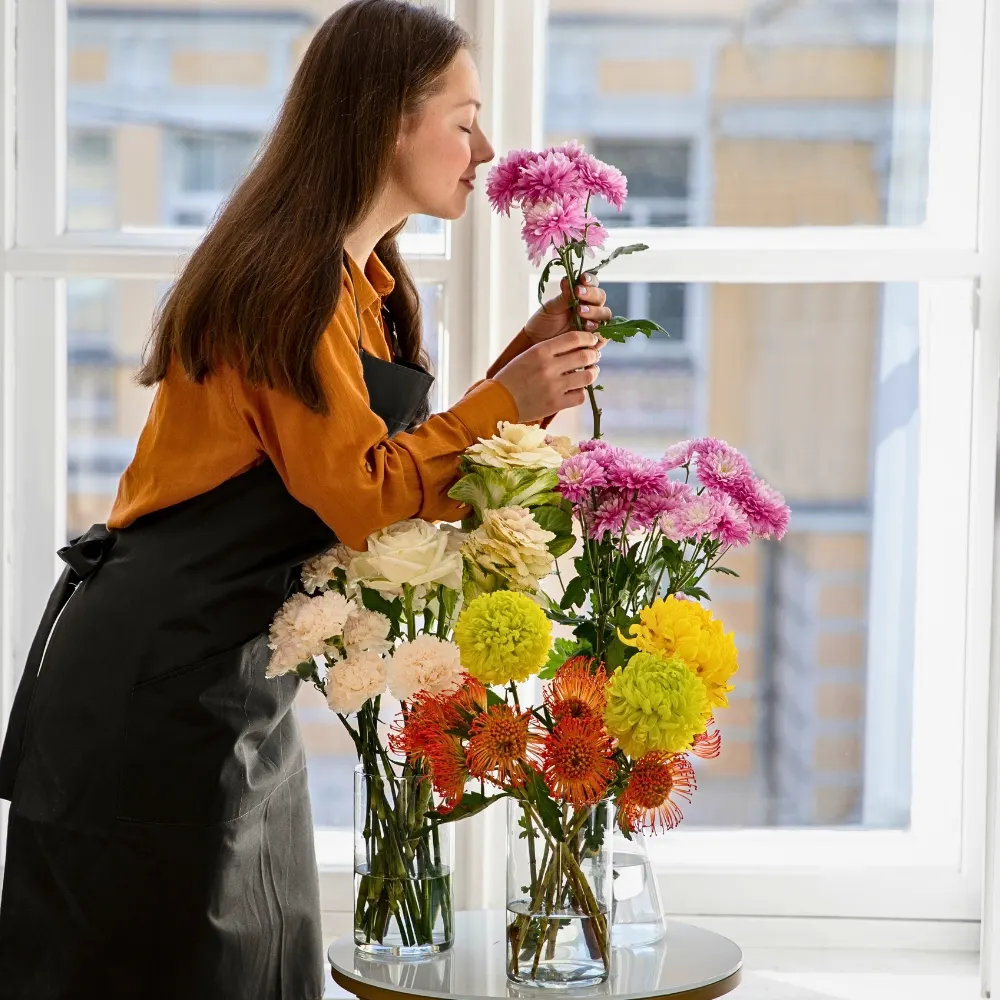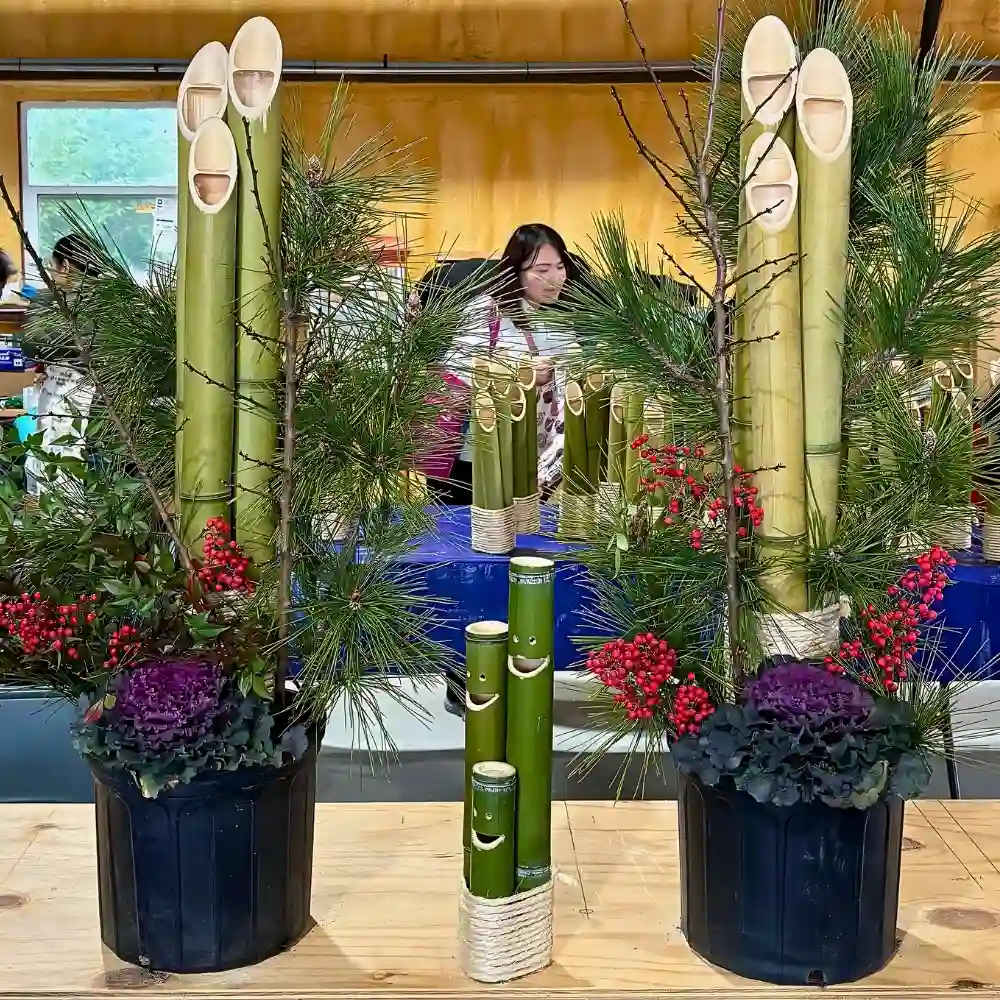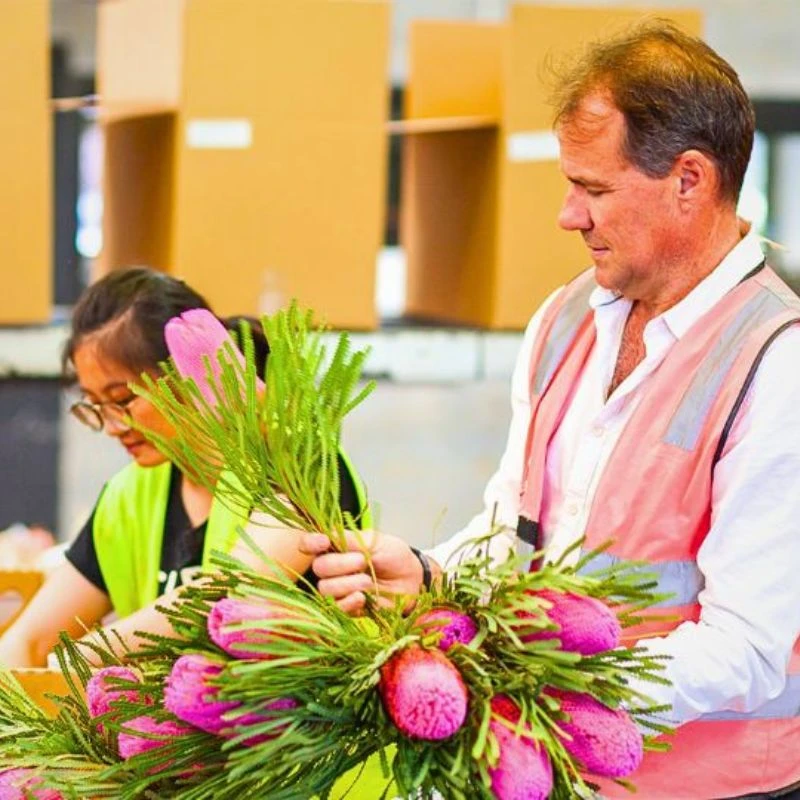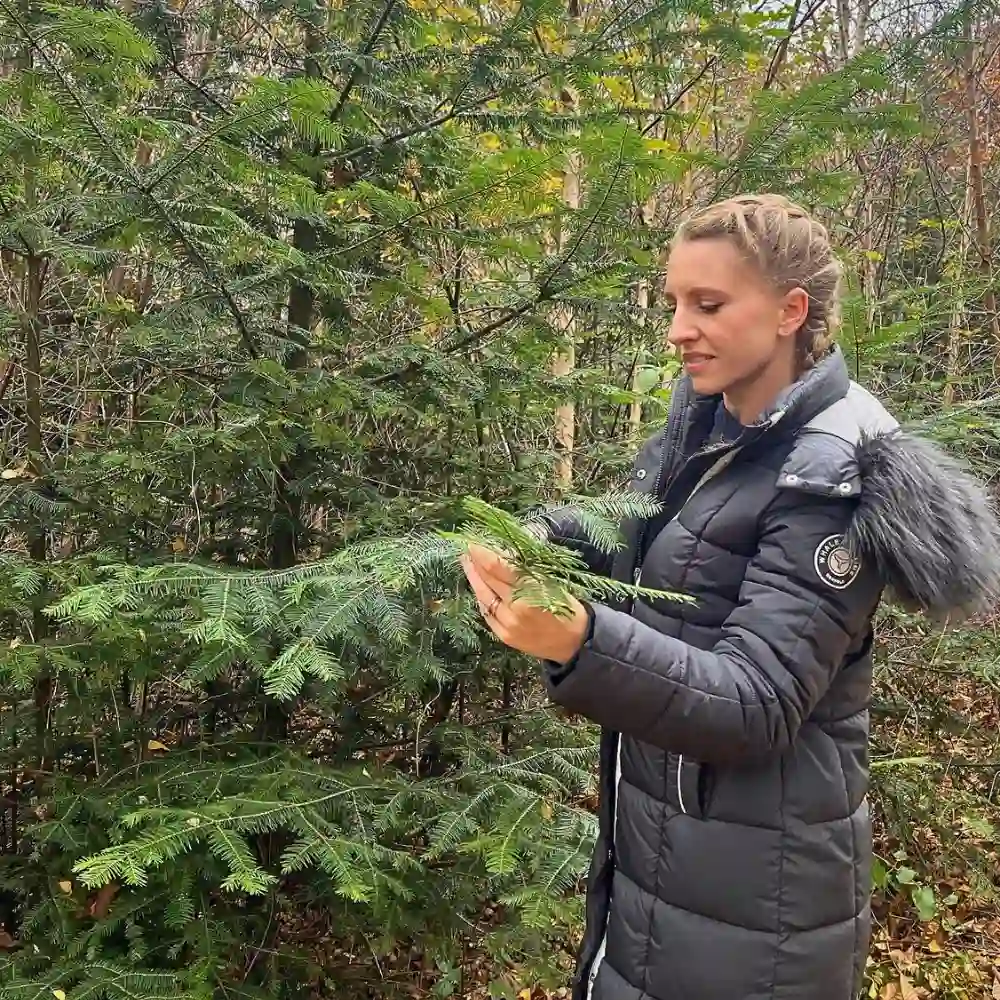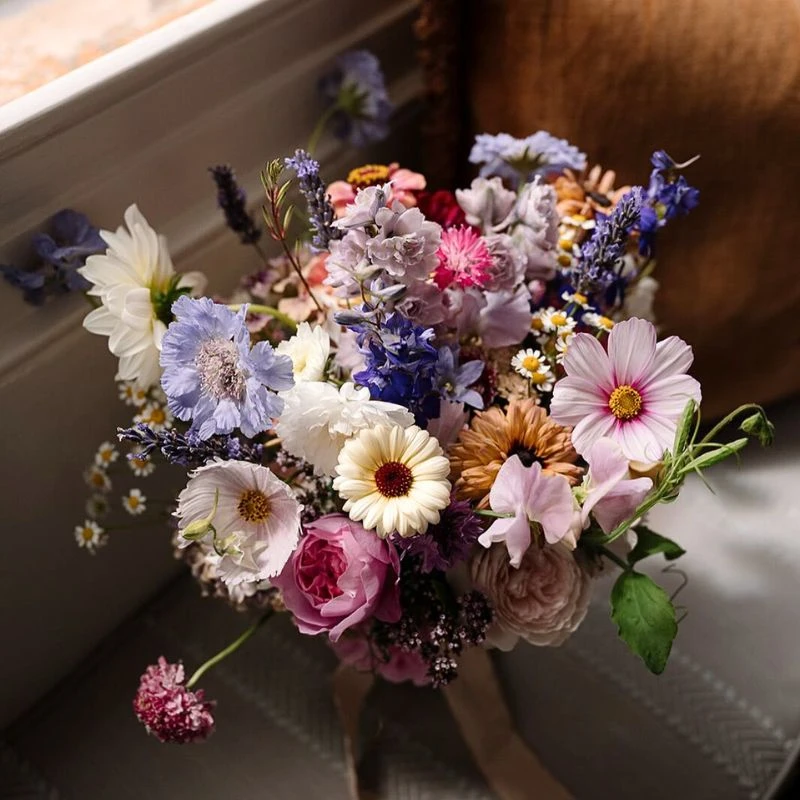The 6 Biggest Problems With Floral Foam
From the beginning of my business, I have avoided using floral foam. This practice is simply an extension of the overarching set of values that apply to my whole life. I’m a hiker and a camper and a lover of the earth. I care deeply about nature and the health of our planet. As a gardener, I insist on organic and low-water-use practices. At home, I buy organic & non-GMO food as much as possible. I recycle and compost and choose glass over plastic. I look for ways to avoid being “part of the problem.” When I started my floral design business, all those values naturally came along. Being foam-free is just one part of my overall commitment to sustainable floristry. 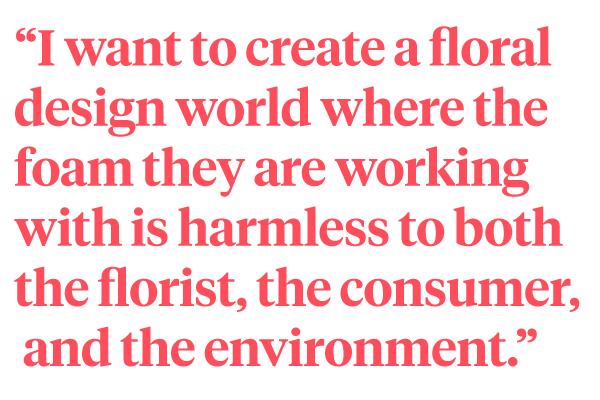 For me, the biggest problem with floral foam is that it is single-use plastic. Our planet is drowning in plastic. The manufacturing of it poisons our air and water. The oceans and their inhabitants are choking on our plastic trash. Microplastics have been found in the flesh of marine life (including the seafood we eat), and now in humans (we have contaminated our own food system!). Why the heck would I want to add to this problem? The more I learn about foam and how to work without it, the more I am convinced that my decision to be foam-free is the right one for me. I am not here to point fingers. While I choose to avoid floral foam, I respect that other designers may find it is important to their work. It is not my goal to demonize Oasis, the maker of floral foams. Simply, I want to create a floral design world where if someone IS using foam, they are working with something that is not plastic, that is certified compostable, and that is harmless to both the florist, the consumer and the environment.
For me, the biggest problem with floral foam is that it is single-use plastic. Our planet is drowning in plastic. The manufacturing of it poisons our air and water. The oceans and their inhabitants are choking on our plastic trash. Microplastics have been found in the flesh of marine life (including the seafood we eat), and now in humans (we have contaminated our own food system!). Why the heck would I want to add to this problem? The more I learn about foam and how to work without it, the more I am convinced that my decision to be foam-free is the right one for me. I am not here to point fingers. While I choose to avoid floral foam, I respect that other designers may find it is important to their work. It is not my goal to demonize Oasis, the maker of floral foams. Simply, I want to create a floral design world where if someone IS using foam, they are working with something that is not plastic, that is certified compostable, and that is harmless to both the florist, the consumer and the environment.
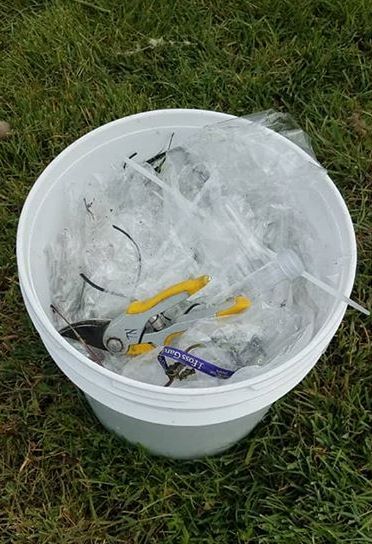
The 6 Biggest Problems With Floral Foam
Here is a quick snapshot of the no floral foam argument:
- In all of its current formulations, it is single-use plastic.
- It is a phenolic foam made from formaldehyde, a known carcinogen. It poses a health hazard to florists if not properly handled (and I’ve never witnessed proper handling!).
- It does not compost. It simply breaks apart and becomes a microplastic. Plastic floral foam is contributing to our toxic legacy of plastics and microplastics polluting the earth. (NOAA, Hardesty 2015, GESAMP 2016)
- It isn’t needed nearly as often as it is used. If more florists became more selective about if and when they used it, we would see a change for the better.
- It is taking up precious space in landfills. We are running out of landfill space on the planet and we should not feel good about sending more products there.
- It may not even be effective
Let’s Dig Deeper
Before we jump in to really dissecting this issue/product, let’s review some important terms & key concepts: Some floral foam claims to be biodegradable. This sounds like a natural thing – it must okay, right? No! Biodegradable is NOT a synonym for Compostable. This is a key concept.
What is the difference between “Biodegradable” and “Compostable”?
The difference has to do with the amount of time it takes for the product to break down, and what sort of substances that process leaves behind. Compostable means that a product is capable of disintegrating into natural elements in a compost environment (aerobic), leaving no toxicity in the soil. This typically must occur in about 90 days. Biodegradable means that a product can be broken down without oxygen and that it turns into carbon dioxide, water, and biomass. “Biodegradable” products can vary greatly in how long they take to break down. Nearly everything will eventually degrade, even plastic. But some plastics can take a thousand years and may leave behind harmful substances or particulates in the process. Something that is “biodegradable” can still leave behind toxic stuff, whereas something that is “compostable” must necessarily break down into non-toxic stuff. Maybe this quote from Ecology Center will help:
“Biodegradable plastics are made from the same materials as conventional petroleum-based plastics, but with even more chemicals. These extra chemicals cause the plastic to break down more rapidly when exposed to air and light. Some biodegradable plastics fragment rather than biodegrade, due to the addition of oxidizing agents (found in “oxo-degradable plastics”). By fragmenting, rather than degrading, they break into small pieces that can pollute soils, increase the risk of ingestion for animals and end up in our oceans and waterways. These kinds of plastics are impossible to recover for recycling and aren’t suitable for composting. The prefix “bio” can be very misleading: plastics do degrade, but not into something biological. It breaks into smaller and smaller pieces of plastic.”
Terminology Influences Regulations
Not only are “compostable” and “biodegradable” not synonyms, but this specific verbiage influences how a product is regulated. There is no governing or certifying entity that measures or enforces biodegradability. Whereas there are several entities that measure & enforce compostability. Think of it in terms of “organically grown” vs. “naturally grown.” There is a certifying body that will inspect a claim of organic, but there is nothing to check the accountability of “naturally grown.”

